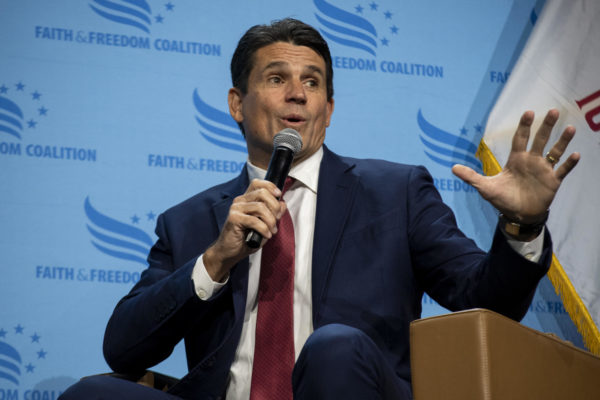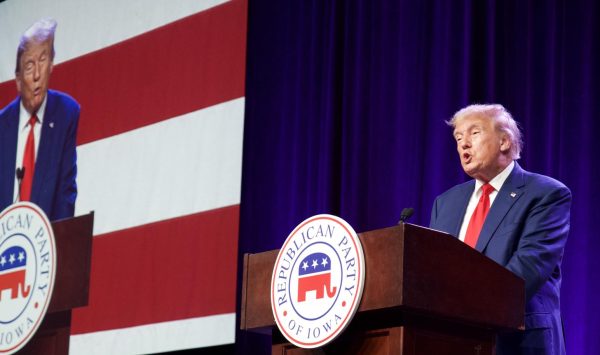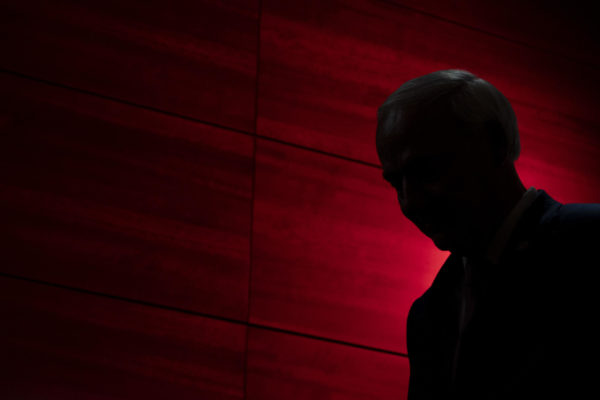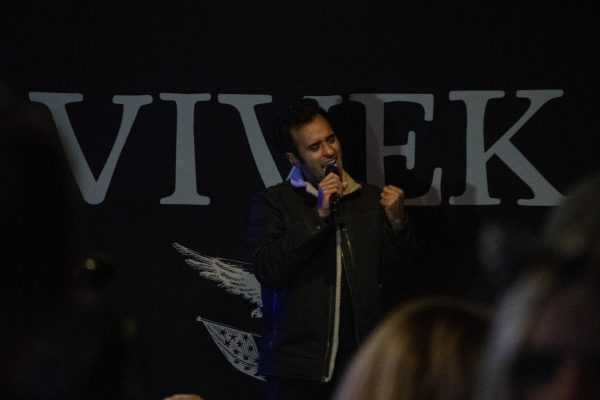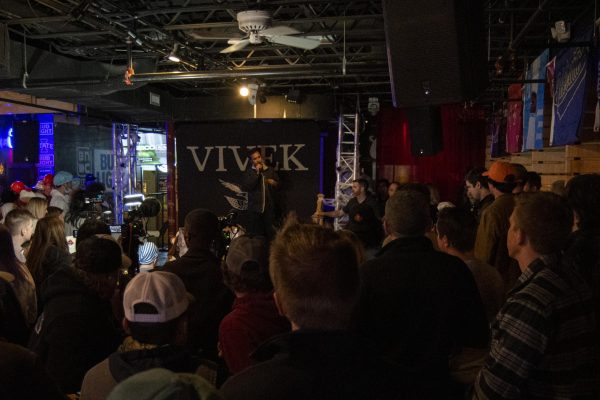Charter schools: Wave of the future?
December 15, 2011
(CNN) — More students are attending class at charter schools across the U.S. than ever before, and the number is expected to continue growing in the coming years.
The National Alliance for Public Charter Schools recently released a report saying that more than 2 million children are enrolled in public schools this year. The nonprofit resource for charter schools said that more than 500 charter schools opened their doors across the country in the 2011-12 school year.
In speech after speech, President Obama has said the charter schools play an important role in his education policy. His administration hopes to double the number of charters that were existence when he took office.
“We’ll encourage states to take a better approach when it comes to charter schools and other innovative public schools,” Obama said in a recent speech on education reform.
Coney Island Prep opened in Brooklyn, New York, in 2009. But it took founder Jacob Mnookin two years to get to that point. He first had to get through the application process.
“When I submitted it, it was about 1,800 pages,” the graduate of Princeton University’s public policy school said.
Mnookin said a tremendous amount of information is required for the application. “Everything from daily schedules and annual calendars to five-year budget projections and personnel policies, curriculum, assessments, etc. So it’s a very detailed and lengthy document.”
He also had to put together a board of trustees that would oversee the school, find a location for the school and hire a staff. Most charter schools go through a similar process, but the details can differ greatly from state to state and city to city.
While Coney Island Prep is housed in a traditional school building, the similarities between the middle school and other public schools end at the door.
“We have a commitment to excellence that families sign, scholars sign and staff sign. And it just lays forth kind of the basic expectations that we have,” said Mnookin.
Students at Coney Island Prep wear uniforms and follow a strict code of conduct. Their school day and school year are both much longer than those of a traditional public school. Teachers are also required to devote more time to students than their counterparts at traditional public schools.
Some critics claim that charter schools attract better students and more involved parents, giving the institutions a better chance of succeeding. Mnookin says that’s not the case.
“Last year, we had over 350 applications for the 90 seats available. It’s a random lottery. We know nothing about the students when they apply.”
Students enter most charter schools across the country through a lottery system. Charters often wind up with a higher percentage of students with special needs, and they have to accept everyone.
Charter schools have much more leeway to try out new things than staff members at traditional public schools do. With that freedom often comes more accountability, not only to city and state officials but to the school’s board of directors.
In a short period of time, students’ reading and math scores have risen at Coney Island Prep. The New York City Department of Education placed Coney Island Prep’s performance in the top 1% of middle schools in the city. After being in existence for just two years, it was rated the third best charter school in New York based on reading and math test scores. In every area, the city’s Education Department said, students at Coney Island Prep outperformed a majority of their peers at both charter and traditional public schools.
It is success stories like Coney Island Prep’s that the Obama administration hopes to mimic with the creation of more charter schools across the country.
“What the charters are is the mechanism for trying things outside of the larger system free of some of the red tape that is in these systems for good reasons,” said Jim Shelton, assistant deputy secretary at the U.S. Department of Education. “When we’re most successful, we learn from those examples, and then we’re able to learn how they can be adapted and taken up to scale inside our large school systems.”
There have been some very successful charter schools across the country. But Shelton says they haven’t done a good job of replicating those successes in traditional public schools.
“That’s one of the things that we’re trying to focus on in this administration … not only creating these innovative places that are breakthrough examples of performance, but also how do you create the kind of relationships and partnerships that allow for these effective practices to transfer into the core of the traditional education system?”
Charter schools aren’t responsible to municipal education boards. Generally, they operate independently. But in New Orleans, they’ve essentially become the local school system. In the wake of Hurricane Katrina almost all of the city’s schools were placed in a recovery district. Today, almost 90% of them are charter schools.
“It’s chaos. It’s utter chaos,” said Karran Harper Royal, a parent of several public school students in New Orleans and a founding member of the advocacy group Parents Across America. “Operating here in New Orleans, there about 51 different nonprofit entities that are charter organizations.”
Harper Royal said that as a result, there is no such thing as just going to your neighborhood school anymore.
“You would have to go and apply to every school you think you might want your child to attend, because when they decided that they would have this many charter schools, they stripped away your right to a neighborhood school. So it’s not a choice.”
Many education experts believe the extreme direction that charter schools have been taken in New Orleans should not be mimicked in other locations. Paul Peterson, director of Harvard University’s program on education policy and governance, says students seem to benefit most when cities have a mix of charter and traditional public schools.
“When some new school sets up that’s a competitor with the local public school, that public school tries to meet the competition. So the more competition there is, the better they become,” Peterson said.
Some opponents of charter schools contend that they take resources away from regular schools. Peterson says that’s not the case. “Generally speaking, charter schools operate with less money per pupil. They only have about 80% of what the traditional public school has.”
Charter schools tend to attract younger teachers with little to no experience in a classroom. Peterson says that has actually worked to the schools’ benefit. “They are very upset about the traditional public school. They feel it is bureaucratized and regulated and over-controlled, and they feel very hamstrung.”
Many of Peterson’s students go on to work in charter schools. “They really are the drivers of the charter school supply side: young entrepreneurs coming out there with their ideas, and they get very excited about the possibility.”
Coney Island Prep founder Mnookin was one of those entrepreneurs. He firmly believes that successes at charter schools can be replicated on a large scale. “It’s a wonderful opportunity for administrators and staff to try some new things, and hopefully, if something works, we can roll that out to the greater public school system at large.”
Raw data across the country show that a large percentage of charter schools are among the success stories. But a significant number of charters are also among low-performing schools.
The Center for Research on Education Outcomes at Stanford University studied charter school performance in 16 states. Researchers concluded that 17% of charter schools reported academic gains that were significantly better than traditional public schools. But 37% of charter schools performed at rates below their public school counterparts. The remaining 46% showed no significant difference.
The Rand Corp., a nonprofit research foundation, looked at charter schools in eight states and found that, on average, charter schools as a whole aren’t producing results that differ substantially from traditional public school systems. However, the study showed that students at charter high schools are between 7% and 15% more likely to graduate than their traditional public school counterparts.
Everyone interviewed for this story said education officials have to do a better job of closing down charter schools that aren’t making the grade and implement on a wider scale the practices that are producing positive results.









